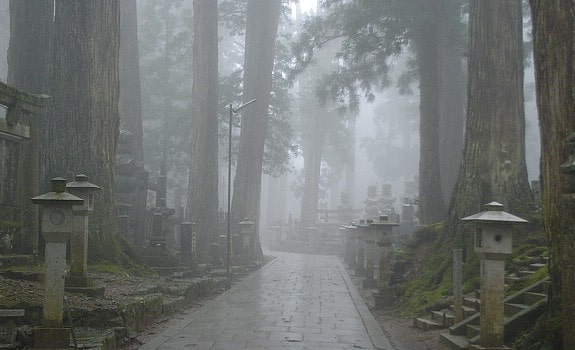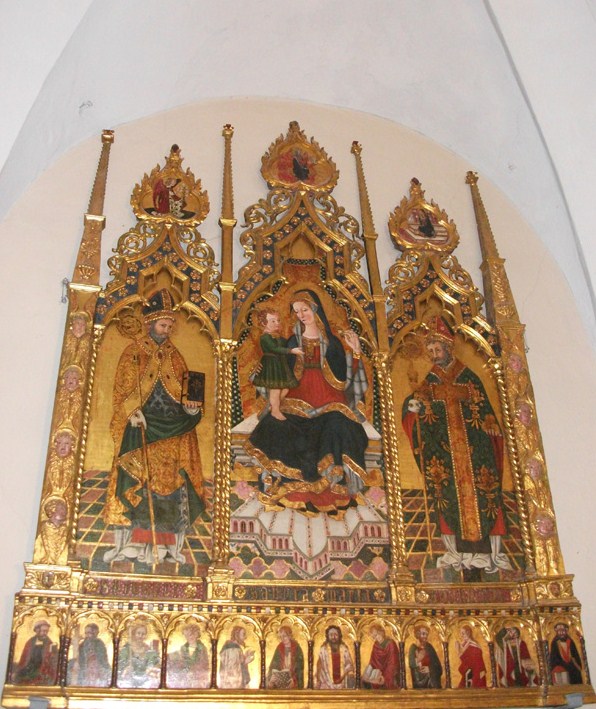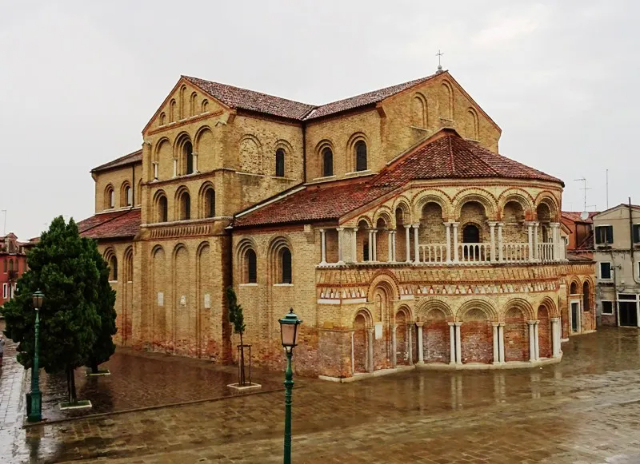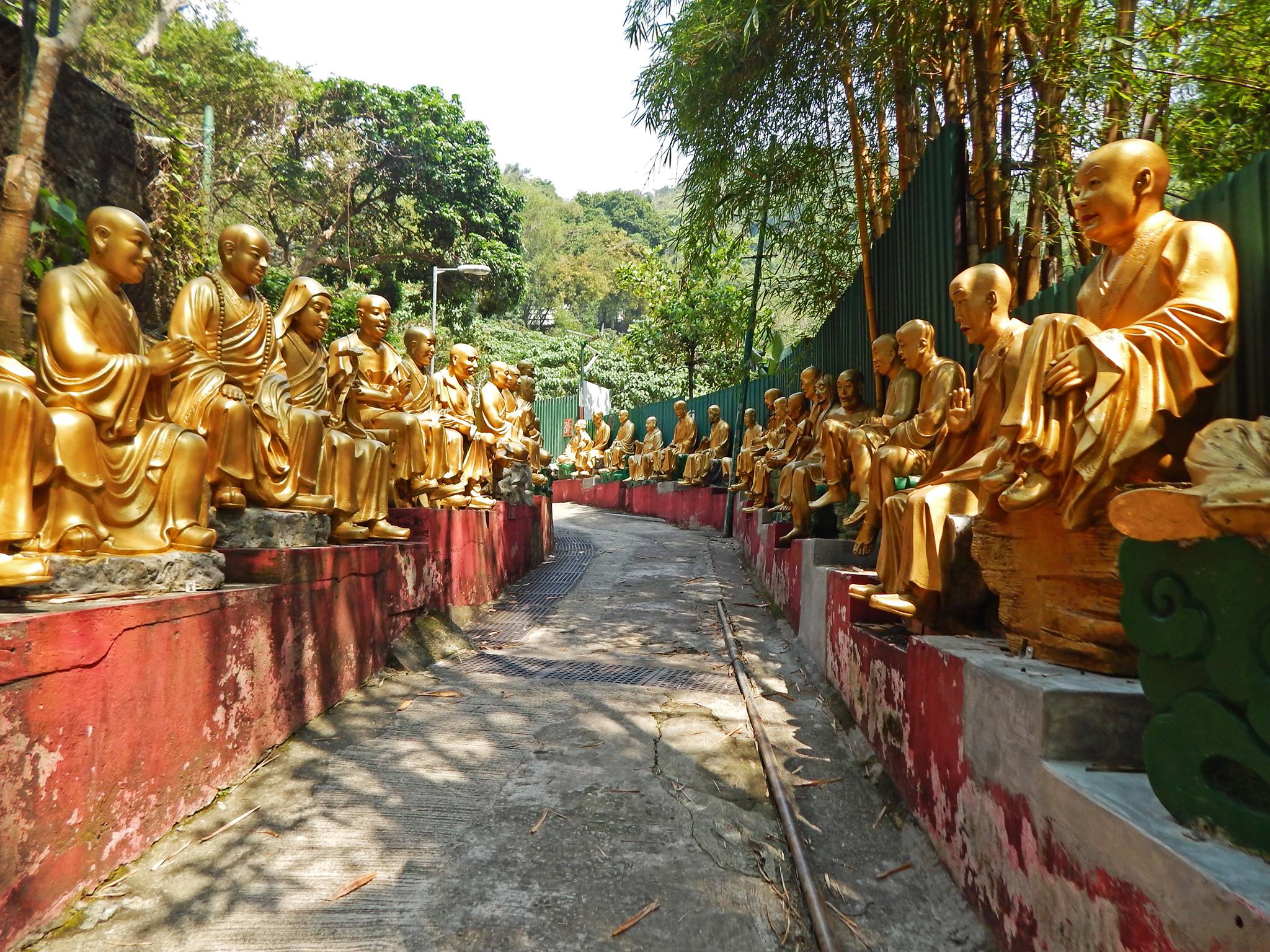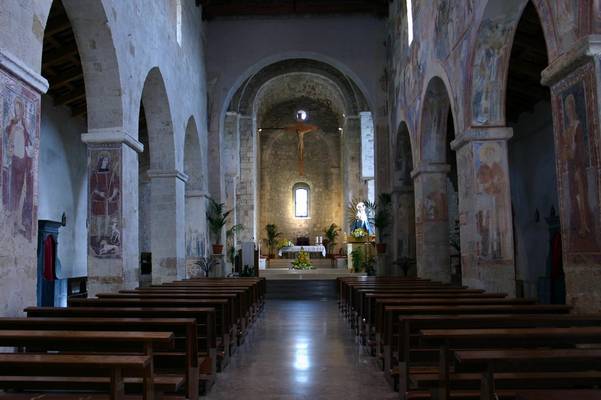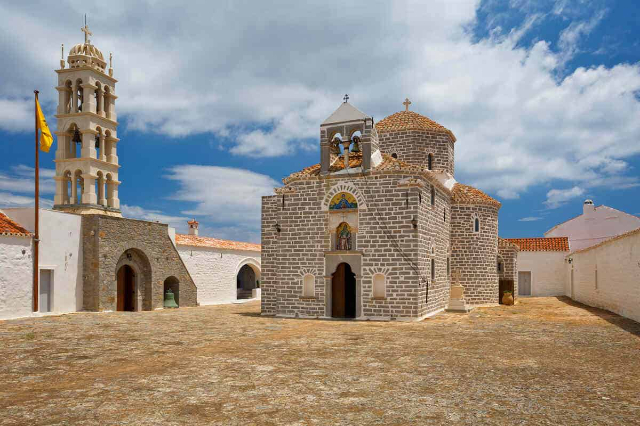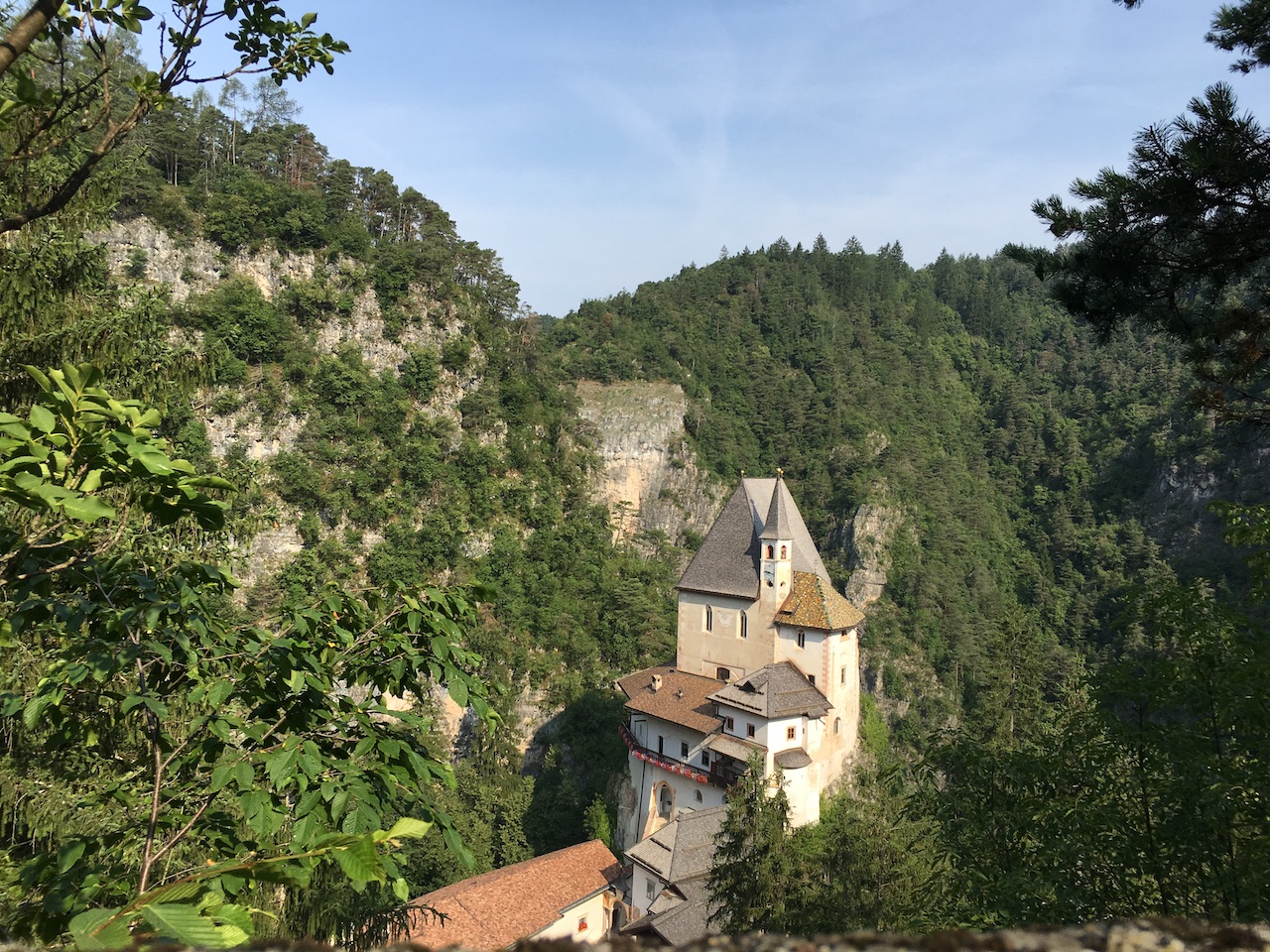Okunoin Temple is one of the most sacred places in Japan, located at the heart of Koyasan (Mount Koya) in Wakayama Prefecture. It serves as the site of the mausoleum of Kobo Daishi (Kukai), the founder of Shingon Buddhism, making it a key pilgrimage destination for followers and a place of deep spiritual significance.
Kobo Daishi is one of the most revered figures in Japanese religious history. After his death in 835 AD, it was believed that he entered a state of eternal meditation and that he continues to provide assistance to those who seek salvation. This belief makes Okunoin not just a memorial site but a living spiritual entity where Kobo Daishi is still present.
The approach to Okunoin is through a path lined with over 200,000 tombstones, belonging to feudal lords, prominent monks, and well-known companies, making it the largest cemetery in Japan. This path leads to Kobo Daishi’s mausoleum, set amidst a cedar forest that adds an air of timelessness and sanctity to the surroundings.
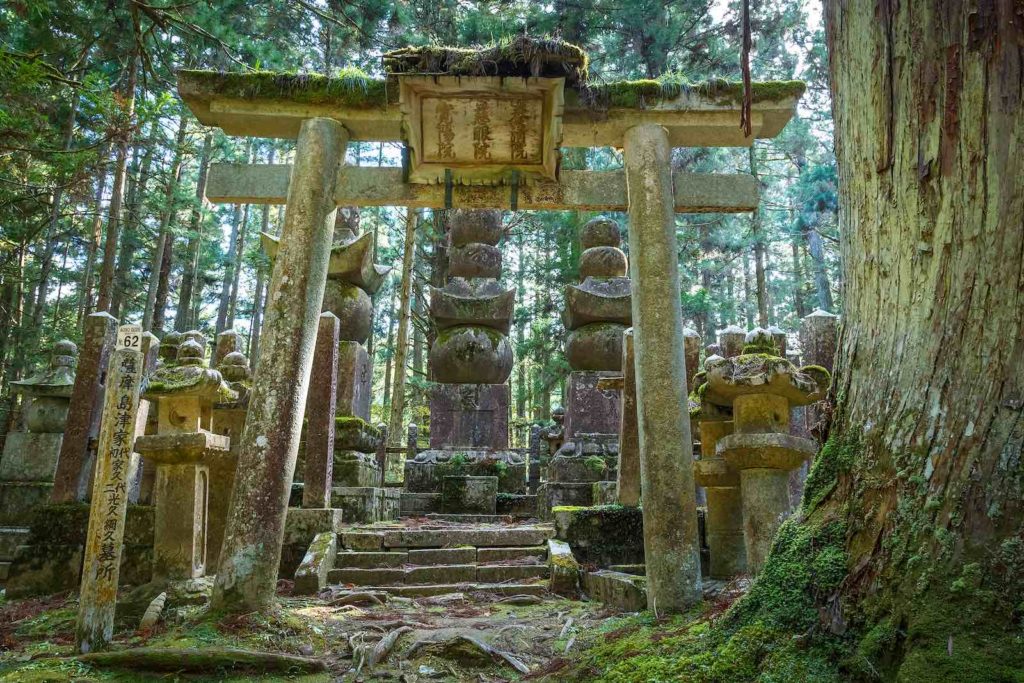
Visitors often experience a profound sense of peace walking this path, especially in the early morning or late evening when the mists roll in and the lanterns along the route are lit. The entire trail is about 2 kilometers long and ends at the mausoleum itself, where visitors can pay their respects to Kobo Daishi.
At the end of the cemetery path is the Lantern Hall (Toro-do), which contains more than 10,000 lanterns donated by worshippers and kept burning day and night. This hall represents the eternal light of Buddhism and is a mesmerizing sight with its countless flickering lanterns.
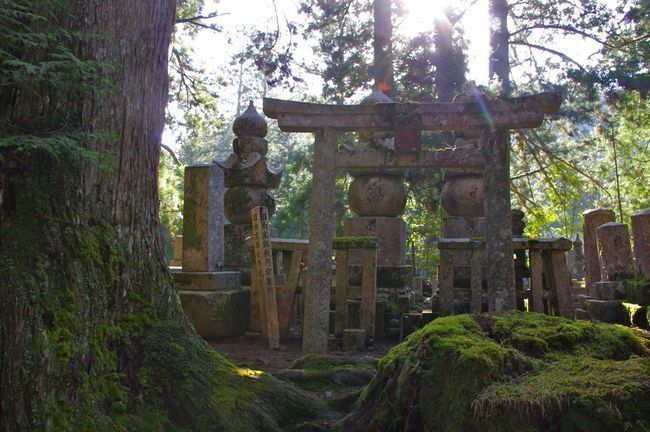
Okunoin is not only a place of historical and religious importance but also a site of natural beauty, embodying the serenity and profound spiritual atmosphere of Mount Koya. This destination offers a unique insight into Japanese spiritual practices and the enduring legacy of Kobo Daishi within Shingon Buddhism.
For those planning a visit or interested in learning more about Okunoin Temple, Koyasan, and their importance within Japanese Buddhism, resources like Secret World provide detailed travel guides and cultural insights. Additionally, for those seeking a deeper understanding of Japanese spiritual sites and their cultural contexts, this comprehensive guide can offer further exploration and information.

